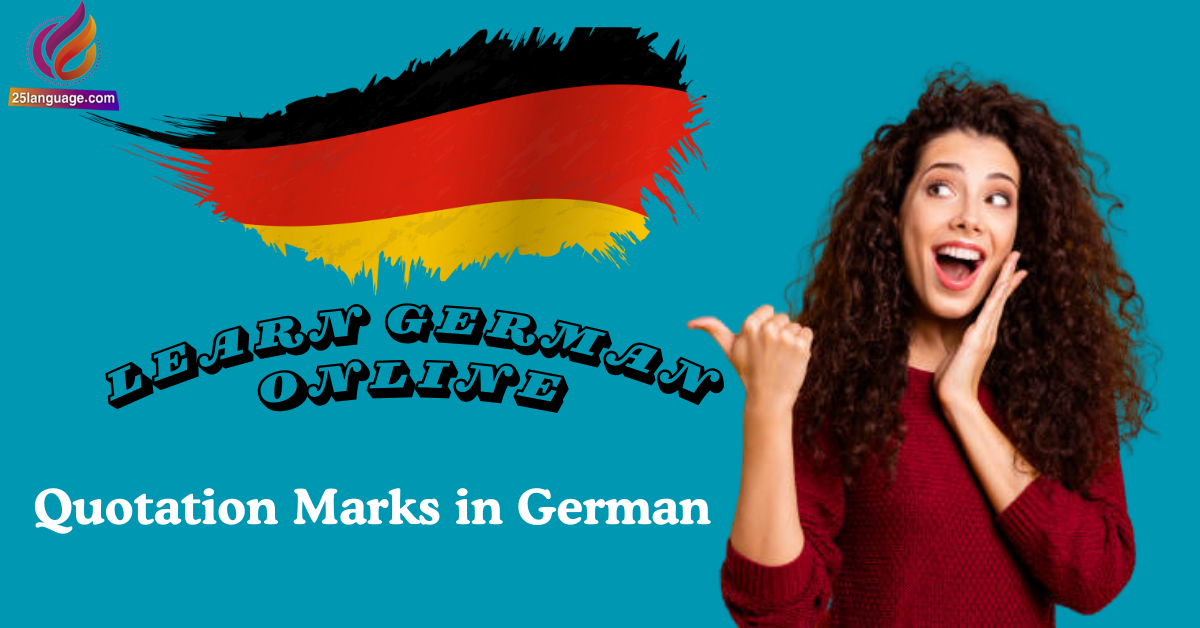Quotation Marks in German

Quotation marks (Anführungszeichen or Gänsefüßchen) in German are mostly used in the same way as in English: for direct speech, titles and emphasis.
Read on to learn how to use quotation marks correctly in German.
How to use German quotation marks
(Anführungszeichen or Gänsefüßchen) in German are mostly used in the same way as in English: for direct speech, titles and emphasis. However, there are two important differences:
- the opening quotation marks are placed low down: „
- both the opening and the closing quotation marks have the 99 form: „…“
Read on to learn how to use quotation marks correctly in German.
Direct speech
Like in English, German indicates direct speech by using quotation marks.
- Examples:
- „Mein Hund kann auf Befehl ein Häufchen machen“, sagte Stefan stolz.
- „Wow, das ist cool. Mein Hund hört mir nie zu,” seufzte Karl.
Important
Direct speech is always introduced by a colon in German, not a comma.
- Example:
- Vergnügt rief Marie: „Wo ist mein Geburtstagskuchen?”
Titles
The titles of films, books, plays, etc. are indicated by quotation marks in written German.
- Examples:
- In der Schule müssen wir „Die neuen Leiden des jungen W.“ von Ulrich Plenzdorf lesen.
- Wir haben letzte Woche im Deutschunterricht den Film „Die Legende von Paul und Paula“ geschaut.
- Letztes Schuljahr mussten wir uns drei Stunden lang „Don Carlos“ anschauen. Ich bin eingeschlafen.
Emphasis
We can also use quotation marks instead of italics to emphasise a particular word or phrase in a text.
- Example:
- Das Wörtchen „war“ ist die dritte Person Singular/Präteritum des Verbs „sein“.
When to use single quotation marks
Single quotation marks , … ’ (halbe Anführungszeichen) are used in German when we want to emphasise something within a piece of direct speech. This avoids two sets of standard quotation marks and aids readability.
- Example:
- Sandra fragte Karsten: „Schatz, wollen wir uns nicht mal wieder eine romantische Komödie anschauen? Heute Abend läuft ‚Hitch – der Datedoktor‘ im Fernsehen.“




























